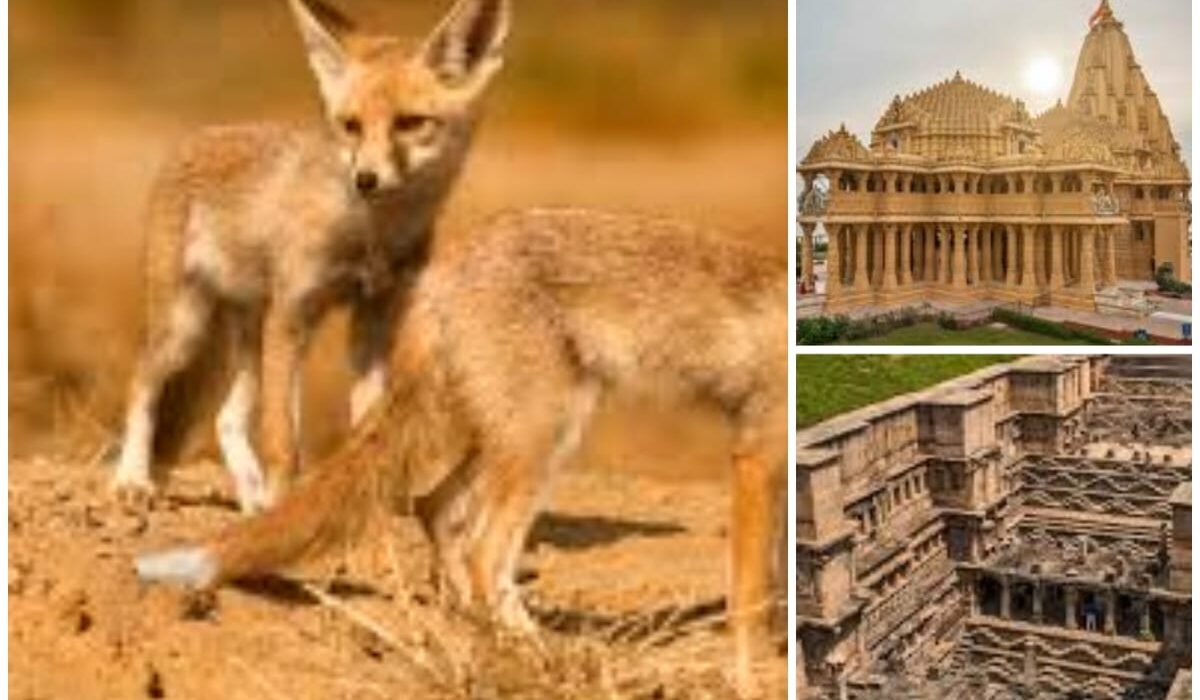The historical destinations throughout Gujarat territory showcase cultural developments from ancient times and traditional heritage stretches from the past to the present day. Gujarat features different kinds of attractions which begin with ancient remains of Indus Valley Civilization and end with palatial temples and historical royal dwellings. Every Gujarat visitor should explore these leading historical locations which will be explained in this guide.
- Lothal: The Indus Valley Civilization scientists identify Lothal as their most important archaeological site because it operated during 2400 BC. At that point the city served as a busy seaport due to its outstanding warehouse complex which established its economic reputation as a vital trading zone. Equipped with modern facilities the archaeological site gives people opportunities to see dockyard ruins and residential structures and warehouses that show how cities developed in the prehistoric era.
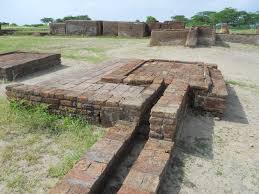
- Significance: Archaeologists deem Mohenjo Daro to be one of the essential sites from the Indus Valley Civilization which first appeared in 2400 BC.
- Highlights: Through its highly developed facilities the site demonstrates comprehensive urban design from the ancient period.
- Dholavira: The advanced water management system together with unique urban architectural features makes Dholavira qualify for UNESCO World Heritage Site designation. Site visitors can view the constructed tanks and step wells where they can also observe how the Harappans developed their planned cities through their defensive design.
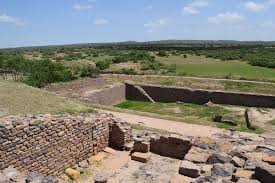
- UNESCO World Heritage Site: Renowned for its sophisticated water conservation system and urban architecture.
- Feature: A distinctive signature of Harappan ingenuity manifests through its large reservoirs together with step wells which combine with fortified urban planning.
- Dwarkadhish Temple: The religious temple dedicated to Lord Krishna stands in Dwarka as part of the Char Dham pilgrimage sites. Thousands of both local devotees and foreign tourists visit this temple because of its detailed architecture and spiritual value.
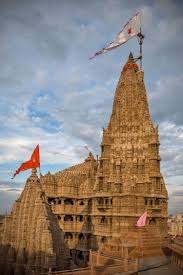
- Location: Dwarka.
- Importance: Dedicated to Lord Krishna and one of the Char Dham pilgrimage sites.
- Architecture: Intricate design attracting thousands of devotees and tourists.
- Somnath Temple: Since Hindu beliefs recognize Somnath Temple as one of twelve main Jyotirlingas, multiple worshipers journey to that holy sanctuary. Time has brought several destructive events to this landmark but it exists today in its modern structure. The temple acquires additional beauty because it stands next to the ocean.

- Significance: One of the twelve Jyotirlingas, a major pilgrimage site for Hindus.
- History: The temple has undergone multiple reconstructions after its destruction because it resides near the shoreline.
- Laxmi Vilas Palace: The royal Maratha family occupies Laxmi Vilas Palace while it rests in Vadodara. The palace showcases Indian Gothic Islamic and Indian architectural styles in its remarkable construction. Visitors who explore this location enjoy viewing the luxurious palace interiors because the facility grants unlimited access to both the ornate balconies and breathtaking flowered gardens.

- Location: Vadodara.
- Description: The Maratha royal family maintains their residence in this architectural wonder that unites Indian Gothic Islamic and Indian design elements.
- Attraction: The attraction point of this site includes its luxurious palace mantles and spacious garden territory.
6. Rani ki Vav: Visitors can explore the elegant decorations and innovative architectural features of Rani ki Vav because it holds status as a UNESCO World Heritage Site in Patan. The 11th-century decorative art pieces combine with remarkable water management strategies from ancient times at Rani ki Vav.

- UNESCO World Heritage Site: The Patan municipal authority showcases this World Heritage Site stepwell with its breathtaking carvings and astonishing architectural design.
- Era: The construction took place in the 11th century to display water management techniques from earlier times.
- Sihor Fort: By visiting Sihor Fort visitors can study the historic medieval period of Gujarat from its location near Bhavnagar. Guests from the strategic location get broad perspectives of the land since the remaining fort structures align with this vantage point.
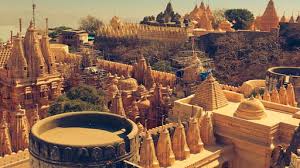
- Location: Near Bhavnagar.
- Historical Insight: Offers a glimpse into Gujarat’s medieval history with panoramic views from its ruins.
- Bhadra Fort: During the fifteenth century Ahmedabad received Bhadra Fort as its historical fortress. History aficionados visit this destination because they find both the enchanting garden and multiple temples inside the fort premises attractive.
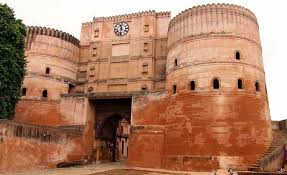
- Location: Ahmedabad.
- Era: The structure was built during the 15th century while showcasing a lovely garden with multiple temples on its premises.
- Kutch Desert Wildlife Sanctuary: Buj Central holds both Aina Mahal palace with decorative mirror-work and its historic ancient city as top landmarks in this Kutch area despite its recognition for natural beauty.

- Overview: The Kutch area attracts visitors with its natural attractions and legacy attractions consisting of Bhuj’s ancient city and Aina Mahal.
- Architecture: Showcases intricate mirror work.
- Junagadh Fort: This historical fort maintains its roots since the 2nd century BC at a location in Junagadh province. The fort complex contains numerous palaces together with temples and step wells which display historical architectural styles from different eras.
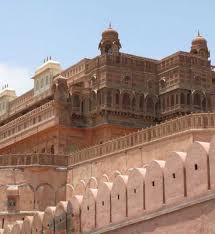
- Geographical Setting: The navigational coordinates of Junagadh Fort find it positioned within the city of Junagadh where it rests beneath the Girnar mountain range in Gujarat.
- History: The complex at this site existed since the 2nd century BC and contains multiple structures including palaces and step wells with temples.
- Adalaj Stepwell: This exquisite step well located near Gandhinagar showcases perfect Indo-Islamic architectural design. The architectural compound was constructed during the fifteenth century because it provided water for travelers as well as a cool refuge from hot weather.

- Location: Near Gandhinagar.
- Architecture: The Indo-Islamic architectural design at the 15th-century structure counts as an excellent example of its style.
- Gandhi Ashram: Mahatma Gandhi resided at the Gandhi Ashram which established itself as a historical complex within Ahmedabad because he worked from this location. The museum presents the life biography of the leader and his educational views.
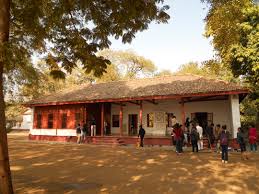
- Location: Ahmedabad.
- Significance: The building stands as a historical place where Gandhi resided so visitors can view his life story through museum exhibits.










